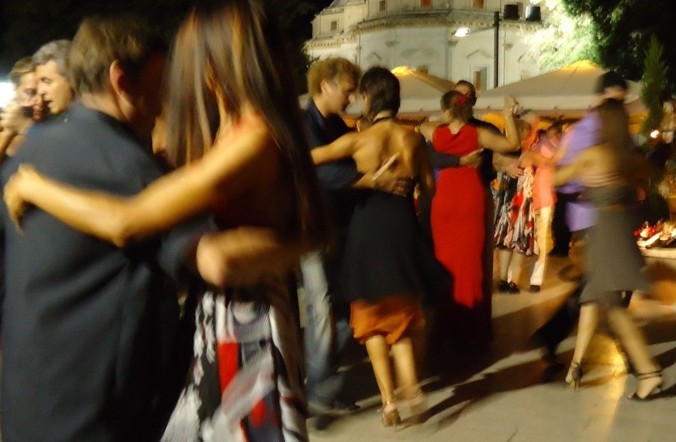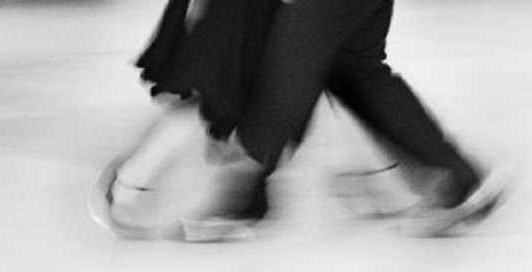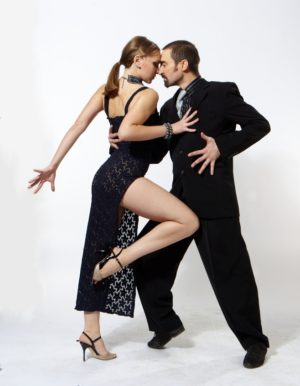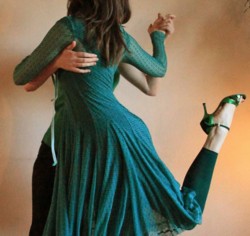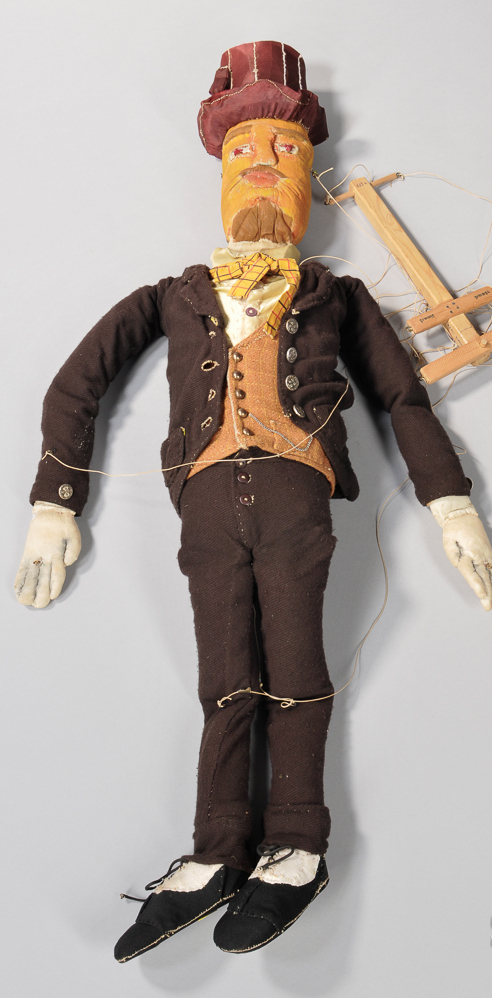“And then we just sat there in frustration”
I hear that far too often from tango beginners who have realized to their chagrin that what they learned in their beginner’s course doesn’t help them at all in real life on the dance floor.
Therefore, at this point a little help in choosing a course, especially if you are still at the beginning of your tango career.
Are you looking for a tango beginner course?
Then you should ask yourself the question why you are doing this. Why do you want to learn tango?
Here are some answers:
- You love tango music and want to dance to it in good company.
- You are looking for a partner and want to get to know men/women (Good idea, Tango is ideal for this.)
- Your husband/boyfriend would like to learn to dance tango with you.
- Your wife/girlfriend would like to learn to dance tango with you.
- You would like to become a professional dancer and be on the stage of a tango show.
Let’s be honest:
Point 5 is the least important motivation to learn Argentine tango among all the dancers that I have met so far.
Remain points 1 to 4, which in my experience are by far the most common.
And that means you want to have fun and not stress yourself out.
The good thing is that with Argentine Tango this is easily possible if you avoid the biggest and unfortunately common mistakes you can make on a beginner’s course (and well into intermediate level).
Mistake number 1:
You believe that you are good tango dancers if you know many figures and sequences by heart and can do them at any time, whatever the cost.
A mistake I made myself when I started to dance tango.
My first tango teachers kept asking us during the courses whether we were still working on our posture or musicality, or whether we would rather learn a new figure.
Stupid as we were back then, the whole group almost always shouted in unison “New figure!!!”
And our teachers, who had just started teaching and were perhaps still a little unsure, then showed us even more new figures. They were good at that too. I learned a lot of figures.
The bad thing was that I couldn’t dance it at any milonga because I almost never had the space for it.
So if your tango teachers want to work with you on the important basics, such as posture, contact within the couple and musicality, be grateful to them. It shows that they understand what tango is really about.
Be happy that they are not among those who don’t know much about tango and don´t know better than just cramming figures and sequences of steps into the dance.
Mistake number 2:
You think tango dancing must be exhausting and hard work.
Yes, tango dancing can be exhausting if you make it difficult. But nobody forces you to do that.
You can make life easy for yourself and dance tango easily and relaxed. This is entirely up to you when choosing your tango teacher and the way you dance.
So do yourself and everyone you dance with a big favor and don’t fall into the figure trap.
Mistake number 3:
You think that tango music is difficult to understand and, as a European, you can’t really hear tango music anyway. Unfortunately, many Argentinian tango teachers also believe that.
It’s true that hardly any of you in the golden era of tango were sucking tango music from your mother’s milk. But neither do most Argentines alive today.
Nevertheless, many in Europe assume that Argentinians must have tango in their blood. Why? I don’t know…
But I know one thing. Almost anyone can learn to listen to tango music and at least understand it enough to be able to dance to it beautifully.
And it’s not that difficult! You just have to take a little time to listen. And of course you need a tango teacher who will always encourage you to do the same.
Mistake number 4:
You think you’re a lone fighter in the jungle of the dance floor: “Me against the others.” Or “My partner and me against the others.”
At the beginning of my tango career, I always had the problem that I could never finish the figures I had learned by heart because every time someone was in the way. – Some kind of dance floor rowdy who just boldly danced in my way and blocked me. It goes without saying that I no longer took care concerning THAT Guy.
Of course it was NEVER my fault. I was just trying to dance the figures I learned in class.
And of course I never learned in my beginner’s course what to do when the dance floor gets a bit crowded.
Yes, our tango teachers had already given us some rules of conduct for the milonga.
(Something that obviously you cannot take for granted. In many dance schools, the teachers seem to know nothing about these rules of conduct or to consider them superfluous, as I keep hearing to my astonishment.)
So we knew a little about the codigos of the milonga but we had never practiced how to dance in harmony with all the other couples on a crowded dance floor. We were too busy learning more and more difficult figures dancing them in a rough-and-ready manner.
We hadn’t heard anything at all about the concept of the Ronda, the circle of all dancers, the harmonious togetherness on the dance floor. In the early days of the Tango Argentino Renaissance in Germany in the mid-1990s, nobody knew about such subtleties.
Unfortunately, there is still a number of dance schools today that don’t know anything about it, so they don’t tell their students about it and thus contribute to making their tango lifes unnecessarily difficult and frustrating.
Mistake number 5:
You think that you have to dance tango like you have seen it on “Tango Passion” or other tango shows in theater or television.
This is a huge misunderstanding.
The tango as a social dance, as it was traditionally danced in Buenos Aires, has nothing to do with the tango shows.
I love good tango shows, but dancing in the milonga, together with all the other dancers, is something completely different than a show that follows a fixed choreography. The dancers on stage are professionals with many years of dance experience who train hard for many hours every day.
As normal people who practice tango as a hobby, you can’t keep up and you don’t need to.
Even the professional dancers – and I know many of them – dance very differently in the milonga than on stage.
A tip for all gentlemen: Even very good tango ladies like to dance with beginners if these don’t try to unwind a program of figures that they don’t really master.
If you walk simply to the music in a nice and relaxed way, you will surely put a smile on the lady’s face.
So, if you are looking for a tango beginner’s course, perhaps in connection with a tango holiday, now you know a little better what you should focus on.
You might also be interested in this article


